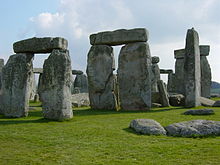|
|
General: SATURDAY NOVEMBER 12TH 1955 BACK TO THE FUTURE WHY? SPAIN (SAINT JAMES)?
Escolher outro painel de mensagens |
|
|
Basílica de San Martín de Tours (Tours)
 Vista de la fachada
La basílica de San Martín de Tours (en francés: basilique Saint-Martin de Tours) es un edificio religioso situado en la ciudad francesa de Tours (Indre-et-Loire), cuya cripta alberga la tumba de san Martín de Tours.
La antigua colegiata de San Martín de Tours, que databa principalmente del siglo xi, fue desafectada, vandalizada y transformada en un establo en 1793, luego demolida tras el colapso de las bóvedas en 1797, y de la que solo se conservaron dos torres. La basílica actual, que es mucho más modesta, fue construida entre 1886 y 1902 en el estilo neobizantino por el arquitecto Victor Laloux (inaugurada en 1890). Es un edificio de piedra caliza, de granito y mármol, cubierto de pizarra. Para las pinturas murales, el arquitecto contó con Pierre Fritel, y la decoración se realizó con la ayuda del pintor y decorador Adrien Lavieille, hijo de Eugène Lavieille. Una estatua monumental de San Martín, en bronce,Nota 1 diseñada para decorar la cúpula, fue encargada al escultor Jean-Baptiste Hugues (prix de Rome en 1875). Víctor Thiébaut, fundidor, la entregó en 1889. El edificio fue consagrado como basílica el 4 de julio de 1925.
Los restos de la antigua colegiata (la torre de Carlomagno, la torre del reloj y una galería del claustro) han sido clasificados monumentos históricos por la lista de 1840.12 La estatua de San Martín que corona la cúpula, debilitada por las tormentas de principios de 2014, fue retirada el 17 de febrero de 2014 para ser restaurada; su base se consolidó y la estatua fue reinstalada el 15 de octubre de 2016, en previsión de San Martín, celebrado cada año el 11 de noviembre.
El presidente de la República Francesa lleva el título honorífico de canónigo (ad honores) de la basílica.
Historia del edificio
[editar]
La basílica del siglo v
[editar]
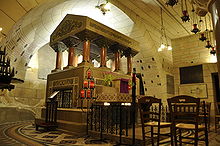 Tumba reconstruida de san Martín de Tours, en la cripta de la basílica: Nota 2 3 no contiene más que unas pocas reliquias y las intenciones de oración depositadas por los fieles.
El cuerpo de san Martín, que murió en Candes, fue trasladado a Tours y allí fue modestamente sepultado el 11 de noviembre de 397, tres días después de su muerte, en un cementerio cristiano a las afueras de la ciudad, al borde de la vía romana que partía hacia el oeste. Según Gregorio de Tours, el obispo Bricio (lat. Brictius) habría construido un edificio de madera en 437 para albergar la tumba y la (capa) de Martín, llamado por esta razón capilla. El obispo Perpétuus, habiendo constatado la atracción de este santuario, habría construido a su vez la primera basílica que albergaba la tumba de Martín, cuya dedicación tuvo lugar el 4 de julio de 470, noventa y nueve años después del ascenso de san Martín al episcopado de Tours.4 Gregorio de Tours da la siguiente descripción:
El obispo Perpétuus [...] hizo construir la gran basílica que subsiste incluso hoy, y que está a quinientos cincuenta pasos de la ciudad. Tiene ciento sesenta pies de largo y sesenta de ancho. Tiene en altura, hasta el techo, cuarenta y cinco pies. Tiene treinta y dos ventanas del lado del altar, y veinte en la nave, que está adornada con cuarenta y una columnas. En todo el edificio hay cincuenta y dos ventanas, ciento veinte columnas, ocho puertas, tres al lado del altar y cinco en la nave […] Como la boiserie de la primera capilla era de una estructura elegante, el pontífice no creyó oportuno destruir esta obra: hizo construir, en honor de los apóstoles Pedro y Pablo, otra basílica en la que hizo colocar esta boiserie.
L'évêque Perpétuus […] fit construire la grande basilique qui subsiste encore aujourd'hui, et qui est à cinq cent cinquante pas de la ville. Elle a cent soixante pieds de long et soixante de large. Elle a en hauteur, jusqu'à la voûte, quarante-cinq pieds. Elle a trente-deux fenêtres du côté de l'autel et vingt dans la nef qui est ornée de quarante-et-une colonnes. Dans tout l'édifice, il y a cinquante-deux fenêtres, cent vingt colonnes, huit portes, trois du côté de l'autel et cinq dans la nef […] Comme la boiserie de la première chapelle était d'une structure élégante, le pontife ne crut pas à propos de détruire cet ouvrage : il fit btir, en l'honneur des apôtres Pierre et Paul, une autre basilique dans laquelle il fit placer cette boiserie.
El cuerpo de Martin fue enterrado en un sarcófago detrás del altar principal de la nueva basílica.6 Un gran bloque de mármol colocado elevado sobre la tumba, donado por el obispo Euphronius d’Autun (472-475), marcaba el lugar a los fieles reunidos detrás del altar, y según Werner Jacobsen7 a los peregrinos instalados en el atrium de la basílica que, contra la costumbre, se encontraba detrás de la iglesia, es decir, en el lado del ábside, siendo visible el bloque desde una fenestrelle del muro del ábside.
En 508, fue en la iglesia del obispo san Perpetuo donde Clodoveo I, al día siguiente de su victoria sobre los visigodos en la batalla de Vouillé, recibió las insignias de cónsul de manos de los embajadores del emperador Anastasio I (emperador), tras lo cual montó a caballo y recorrió la distancia entre la basílica y la catedral de Tours lanzando dinero al pueblo.8 La iglesia sufrió un grave incendio en 558. Estaba servida por una comunidad religiosa dirigida por un abad de quien habla Gregorio de Tours y que practicaba el ritual de la «laus perennis» (más tarde, doscientos religiosos se turnaban en grupos de veinte). El estatuto de esta comunidad, enormemente enriquecida por la peregrinación, se volvió problemático a partir de las reformas de Pipino el Breve, que quería imponer la regla de San Benito en todos los monasterios del reino franco (741). La comunidad, fuerte en sus tradiciones antiguas, resistió. Un establecimiento benedictino fue fundado en Cormery en 791 por el abad Ithier para aquellos que deseaban seguir la regla, y fue desarrollado por su sucesor Alcuin, abad de San Martín desde 796 a 804.
Por último, un concilio celebrado en Aix-la-Chapelle en 817 bajo el impulso de Benedicto de Aniane impuso imperativamente la regla benedictina a todas las comunidades que se llamaban «monastères» ; los «clérigos» de San Martín tuvieron que elegir entre el estatuto de «monjes» y el de «canónigos» y adoptaron el segundo. A partir de esta fecha, el santuario de San Martín ya no fue considerado un monasterio, sino como una colegiata servida por canónigos. El jefe de la comunidad se siguió llamado «abbé de Saint-Martin», pero desde 844 era un laico (en 860, era el príncipe Luis, heredero de Carlos el Calvo; en 866, era Roberto el Fuerte, conde de Tours y antepasado de los Capetos).
Fue el principal lugar de peregrinación cristiana en el siglo v (San Martín era en todo caso el santo protector de la Galia). El Concilio de Chalon (-sur-Saone) en 813 dio a esta peregrinación la misma importancia que a la de Roma.9

La basílica medieval (siglo ix - 1802)
[editar]
 Vista lejana de la torre de Carlomagno (ca. 1100)  Vista lejana de la torre del reloj (siglo xiii)
|
|
|
|
|
| San Martín de Tours |

|
| Información personal |
| Nombre en francés |
Martin de Tours  |
| Nacimiento |
316 
 Panonia, Imperio romano (actual Hungría) Panonia, Imperio romano (actual Hungría) |
| Fallecimiento |
397 (81 años)
 Candes, Imperio romano (actual Candes-Saint-Martin, Francia) Candes, Imperio romano (actual Candes-Saint-Martin, Francia) |
| Sepultura |
Basílica de San Martín de Tours  |
| Religión |
Catolicismo  |
| Información profesional |
| Ocupación |
Sacerdote católico, soldado y obispo católico  |
| Cargos ocupados |
Obispo de Tours  |
| Información religiosa |
| Festividad |
11 de noviembre, rito romano
12 de noviembre, rito bizantino |
| Atributos |
Mitra, báculo y a su lado un mendigo |
| Venerado en |
Iglesia católica, Iglesia ortodoxa, Comunión anglicana y algunas confesiones protestantes |
| Patronazgo |
Soldados, tejedores, caballos, comercios en general y fabricantes textiles, Francia, Hungría y numerosas ciudades, como la Ciudad Autónoma de Buenos Aires, Orense, Diócesis de Orense |
| Alumnos |
Sulpicio Severo  |
|
|
|
|
|
|
|
La iglesia de Saint-Laurent de París es una iglesia fundada en el siglo XV localizada en el X Distrito, en el antiguo recinto de Saint-Laurent, 119, rue du Faubourg-Saint-Martin, 68, boulevard de Strasbourg y 68, boulevard de Magenta.
La iglesia está construida sobre el eje norte-sur de París que conecta Senlis y Orleans y que fue trazado por los romanos durante la mitad del siglo ii a. C., la actual rue du Faubourg-Saint-Martin, rue Saint-Martin, rue Saint-Jacques y rue du Faubourg-Saint-Jacques.
Después de las clasificaciones y registros iniciales como monumentos históricos, el 1 de febrero de 1945 (79 años), la iglesia fue enteramente clasificada por decreto del 16 de diciembre de 2016.1
|
|
|
|
|
Dog Days Prophecy
Sirius, Regulus, Super Bowl, financial crises, earthquakes & August 2015 Lucifer time codes
By Goro
August 02, 2015
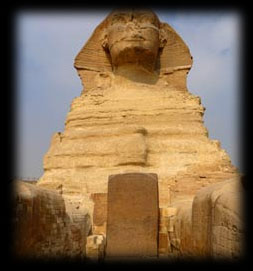
[Great Sphinx aka "Father of Terror"]
[NOTE: Yes, the global stock market chaos of August 2015 was predicted with precision in this article (posted on Aug 2, 2015) as you'll see below or in the new article When Prediction Comes True.... If you're new here, this is not a fluke as this is what I do on my websites (Etemenanki & STRUG). You may find the approach baffling, but you can't argue with this kind of unambiguous results. Key parts of this information was originally posted all the way back in February on STRUG (members only).]
Terror was the opening music for the year 2015, potentially foreshadowing what may transpire in August...

Our job here is to discern and decode a set of "time codes" lurking just below the surface of reality which in this case is celestially anchored by two stars: Sirius and Regulus.
Sirius is the star of Isis per ancient Egyptian tradition, and Paris ("Par-Isis") is semi-officially a city of Isis-Sirius where we find the Historical Axis (including the world-famous Champs Elysees boulevard) oriented toward the daily rising of Sirius.
The same axis happens to align with the sunset on August 6–8...
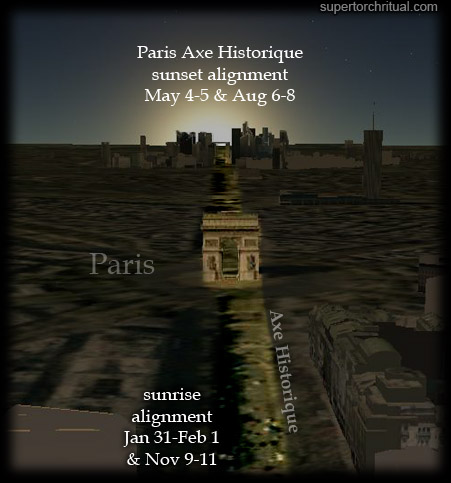
…as well as May 4–5 which this year gave us highly meaningful events already:


The Historical Axis also aligns with sunrise around February 1 (& Nov 9–11). This one coincided with the Super Bowl where Katy Perry did her halftime show in Phoenix this year.

On STRUG ("Super Torch Ritual Underground" members/underground area) I noted back in February that University of Phoenix Stadium (Super Bowl 2015) has some serious Sirius alignments...


...plus the fact that at the latitude of Phoenix (~33.45 N) the heliacal rising of Sirius takes place around August 7th, precisely coinciding with the Paris axis-sunset alignment day.

(The heliacal rising of Sirius is the "rebirth" of the star at dawn right before sunrise after a prolonged period of invisibility in the glare of the Sun; in ancient Egypt this was of great importance as it was for a period of time a signal for the life-giving annual flooding of the Nile, and also due to the general importance of the star and the goddess it represents, Isis.)
On the same day (~August 7, 2015) we'll even see a tight gathering of Jupiter, Mercury and Regulus at the "heart" of the lion (Leo)...
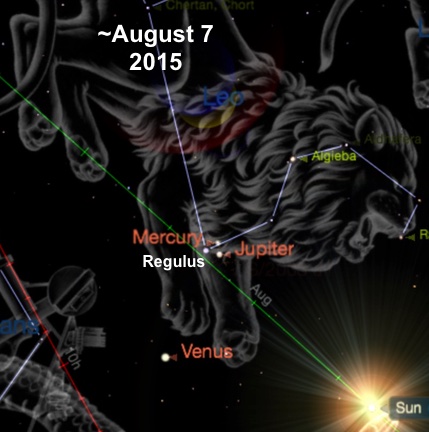
...bringing to mind the fact that Katy Perry spends most of her time at the heart/Regulus position between the paws of the Sphinx (lion/Leo) in her 2014 music video for Dark Horse…
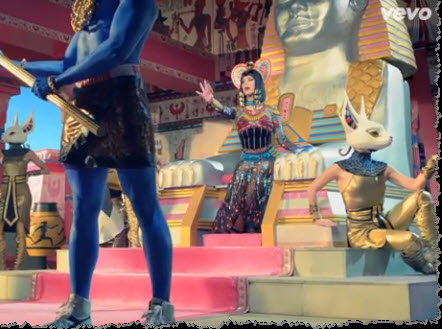
…something evoked during the opening scene of Katy's 2015 Super Bowl halftime show (riding a giant lion).
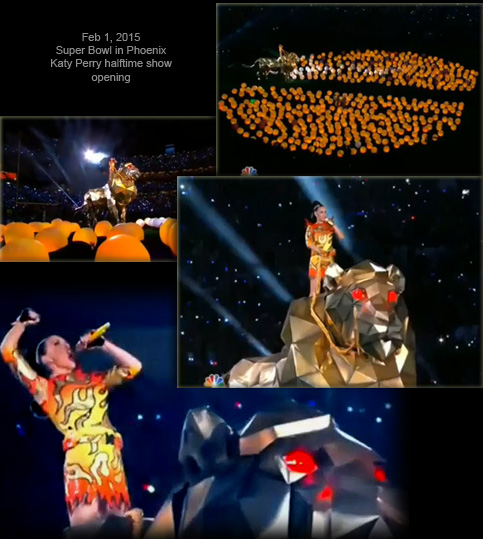
Regulus is one of the brightest stars in the night sky, which is not only the "heart of the lion" but also "prince" (or "little king") as well as "the King", just as Jupiter is named after the king of the gods. It is highly significant therefore that Regulus and Jupiter will be in "royal" conjunction on ~August 11.
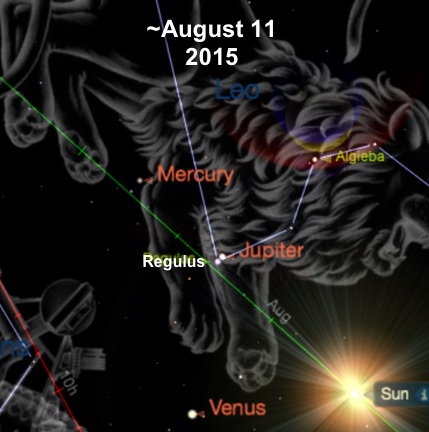
Remarkably ~August 11, 2015 is also pinpointed by a "Mayan financial crisis" time code I started highlighting back in February (STRUG) which is based on the Golden Ratio ("phi") and at least three major dates/events: 1) Transit of Venus (2004), 2) the day the US financial system almost came crashing down (9/14/2008), and 3) the "end" of the Mayan calendar (12/21/2012):
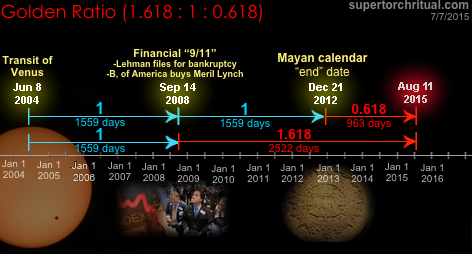

[Transit of Venus - June 8, 2004 & June 6, 2012 -
rare phenomenon of Venus passing in front of the Sun]
 Sep 14, 2008 Lehman Files for Bankruptcy; Merrill Is Sold Sep 14, 2008 Lehman Files for Bankruptcy; Merrill Is Sold
Sep 15, 2008 Crisis on Wall Street as Lehman Totters, Merrill Is Sold, AIG Seeks to Raise Cash
[Wikipedia - Global financial crisis in September 2008]
["Inside the Meltdown" (PBS) video]
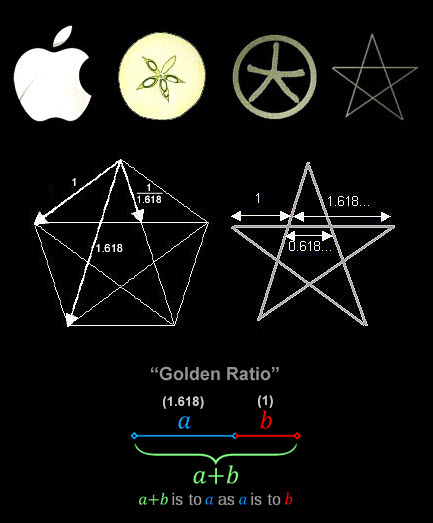
https://www.goroadachi.com/etemenanki/dogdays_prophecy.html |
|
|
|
|
LINE 4: "Their head hung with thread of 'polemars'
LINE 1: "The great star will burn for seven days"
LINE 2: "The cloud will make double sun appear"
LINE 3: "The large mastiff will howl all night"
"The mastiff that will howl all night refers to a secret branch of the priesthood in the Catholic Church that no one knows about except a few high priest members. This secret branch of the priesthood is like a private army, and the commander-in-chief is the pope. Their job is to fight for the church if the need should arise, similar to the way the Jesuits used to be the soldiers of Christ."
LINE 4: "When the great pontiff changes his abode"
LINE 1: "The great star will burn for seven days"
LINE 2: "The cloud will make double sun appear"
LINE 3: "The large mastiff will howl all night"
The "double sun" of Line 2 also correlates with Sirius A and Sirius B orbiting around each other. And the "mastiff" of course relates to Sirius the 'Dog Star'! I mean, this quatrain is screaming "Sirius!".
And II-48... Line 2 is enough to suggests the whole 'Sirius complex' - 'Saturn', 'Arc', and 'Mars'. But the most striking thing about quatrain II-48 is its correlation with Paris - which is of course part of the Sirius complex - and more specifically with the 'Elysian Fields' region of Paris where the Arc de Triomphe stands. (The connection is so striking that I feel this one should be called 'the Paris quatrain'.) This issue was discussed in Chapter 7 of 'The Elysian Fields' but let me go through it here again with some new additional interpretations:
The "great army" is precisely the name of one of the 12 streets that extend from the famous circular road that surrounds the Arc de Triomphe ("Place Charles de Gaulle"), which is called in French, " Grande Armee". 'Grand Armee' is not only one of the 12 streets but it's the direct extension of the main street, 'Champs Elysees' (Elysian Fields). The "mountains" is likely an allusion to the Arc de Triomphe which stands in between 'Champs Elysees' and 'Grande Armee' Here are pictures showing the relevant region of Paris and the relationship of the Grande Armee avenue, Arc de Triomphe, and the Elysian Fields.
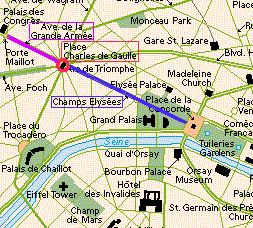
· Red region = Arc de Triomphe & Place Charles de Gaulle
· Purple street = Grande Armee avenue
· Blue street = Elysian Fields
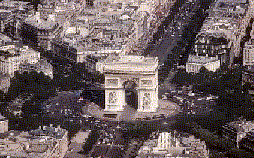 The "Arc" is obviously a reference to the' Arc de Triomphe'. And the notion is strengthened by the word right after "Arc", "turning" - which implies circular movement/shape and nicely corresponds to the famous circular road going around the Arc de Triomphe (see the picture at right). The phrase "Saturn in the Arc" corroborates the Saturn-ark connection we've made.
The latter half, "turning/corner of the fish Mars" can be interpreted in a quite different and symbolic way, and it is necessary to use a map of the relevant region of Paris again:
 As you can see, the Elysian Fields, the Arc de Triomphe etc. are placed right beside the Seine River. Interestingly, on the other side of the river, there is a garden called the " Field of Mars" ('Champ de Mars') in which stands Paris' landmark, the Eiffel Tower. This is reinforcing the relevance of Mars. Now, the word 'Seine' (name the river) means "fishing net". That metaphorically makes (the Field of) Mars the " fish" trapped in the net. This would also make the same region where the river is turning 90 degrees the " corner of the 'fish-Mars'" to fit Line 2.
The "fish" also correlates with Sirius because the Dogon tradition tells us that the "Nommos" that supposedly came from the Sirius system were fish-like (and yes, we're now getting into the issue of extraterrestrial intelligence). So the phrase 'fish Mars' again associates Sirius with Mars.
The very first word, "poison", creates an interesting connection with Line 2 because the French word for "fish" is "poisson" which is nearly identical, both in spelling and pronunciation, to the word 'poison' which is also a French word for poison. Thus, combined with the last word of the line "salmon", the notion of 'fish' seems to be emphasized. Interestingly, the original French word used for 'poison' was actually 'Venins' which resembles Venus. It seems relevant, therefore, that Venus goes retrograde (i.e. reversing its apparent movement in the sky) during the key period of August 1999, corresponding to "salmon" (which is known to swim against the current) of the same line and also to the previous line's expression, "turning of the fish".  This last line of the quatrain strongly reinforces the concepts put forward by the interpretation of the previous lines. The last word of the line "polemars" is not a real word, most likely it's a made-up word / anagram. Decoding is not that difficult - first we'll divide it into two words, ' pole' and ' Mars'. Continued from previous interpretations, it is not hard to see that the "pole" would refer to the 'Eiffel Tower' that stands in the' Field of Mars'.
To decipher the whole line, we need to take a closer look at the map of the region of the 'Field of Mars':
 Notice that the park, the Field of Mars ("Champ de Mars"), seemingly crosses over the river. The Seine River can be viewed as dividing the park and there is a bridge connecting the two parts. Since the park area can be viewed metaphorically as "fish" based on previous interpretations, notice how the park left of the river can be viewed as the "head" of the fish barely 'hanging on' to the body, the Field of Mars, by the bridge or the "thread" from "polemars" / the Field of Mars. Thus it would fit Line 4. Notice that the park, the Field of Mars ("Champ de Mars"), seemingly crosses over the river. The Seine River can be viewed as dividing the park and there is a bridge connecting the two parts. Since the park area can be viewed metaphorically as "fish" based on previous interpretations, notice how the park left of the river can be viewed as the "head" of the fish barely 'hanging on' to the body, the Field of Mars, by the bridge or the "thread" from "polemars" / the Field of Mars. Thus it would fit Line 4.
Also, since the French word "fil", which I translated here as "thread", could also mean 'stream', the line could also interpreted like this: "Their head hung by the stream of the Field of Mars". This would still be metaphorically describing how the Seine River is dividing the Field of Mars and its "head".
And that's basically how Quatrain II-48 relates to Paris (and through which to the 'Sirius/ark complex')... but there is one last thing to add to all this. And this is my favorite part :) Well, we've looked at every line of the quatrain, so what's left? Ah, yes we left out the number of the quatrain 2 and 48. Why, of course, those numbers are the coordinates of Paris (Paris: 2.3 deg. E & 48.8 deg. N)!
Now let's shift our focus back to II-41 and do more in-depth study:
Century II - 41
The great star will burn for seven days,
The cloud will make double sun appear:
The large mastiff will howl all night
When the great pontiff changes his abode.
Like earlier pointed out, 'great star', 'burn', and 'seven' relate to Sirius. Now we can associate the "great star" with the Place Charles de Gaulle (Arc de Triomphe + the surrounding circular "square") since it was originally called the Place d'Etoile or 'Square of the Star', further linking the two quatrains II-41 and II-48.
From a slightly different angle, the fragments of Comet SL-9 'burned' Jupiter for about '7 days' in July 1994 and caught the attention of the world. The dates of this 'light show' were July 16~22 which roughly coincides with one of the key 'Sirius dates', July 20, mentioned earlier. Moreover, the dates July 16~22 very closely matches the dates of the historic Apollo 11 mission - first ever manned landing on the Moon - which were July 16~24 (and the landing occurred on the key date, July 20). This is meaningful especially when you consider the fact that Apollo the sun god could be identified with Horus the sun god (the son of Isis, and earlier associated with Sirius and Mars). Recall also that July 20 was associated with the 'flood' (of the Nile) in conjunction with Sirius. In Greco-Roman mythology, the god who causes the Flood to punish mankind is Jupiter - the very planet Comet SL-9 crashed into. And Jupiter was mythologically associated with the 'eagle' - the very name of the spacecraft that landed on the moon on that exact flood/Sirius date, July 20 (1969)!
So, in various ways Line 1 corresponds to the Sirius complex.
Besides the 'double sun' reference to Sirius, this line still continues the allusion to the Jupiter-Comet SL-9 collision - the 'cloud' of the fragmented comet colliding with Jupiter to produce a great light show (becoming the 'second sun'). As previously stated, the "mastiff" alludes to Sirius the 'Dog Star'. But a new interpretation can be derived from this line when combined with the 'hypnotic interpretation' by 'Brenda' of this line presented in Dolores Cannon's 'Conversations With Nostradamus' material:
I must say that this sounds like it may relate to the Knights Templar after whose tradition the Jesuits are structured. This would be very congruent since the Templars are intimately associated with the ark/Grail and so also naturally with Sirius the 'Dog Star'. And the CWN hypnotic interpretation and my own converge nicely.
On another level of interpretation, the "private army" of the pope could be in reference to a military corps known as the Swiss Guard that the Vatican maintains and whose function is to protect the pope and his personal residence. Remarkably, here we again see a Switzerland connection (in the name). Remember that Switzerland has been linked with the Templars and the 'ark' earlier. But it gets even more interesting: it turns out that King Louis XIII of France also had a body of soldiers called Swiss Guards to protect him. But they all died on August 10, 1792 during the French Revolution while defending the royal palace in Paris. So, we meet Paris again. The date August 10 is intriguing too as it is only one day before a total eclipse over Europe (Aug. 11, 1999). And it is said (I haven't really checked) that the 'eclipse zone' passes exactly at Paris in the midday! Paris again... I feel there will be a 'resonance' of the demise of King Louis XIII's Swiss Guards manifested around that time. This likely correlates with the sudden dissolution of the Knights Templar on Oct. 13, 1307, when they were betrayed by the pope at the time. And here comes the last line of the quatrain...
Notice that this line shifts the focus from Sirius to the issue of the Church completely, even though the foregoing interpretations made this transition very smooth. And this line is relatively straightforward. The implication is that we may see the Church in upheaval in the summer/fall of 1999.
Incredibly, if we go back to Line 2, it appears to describe the nature of the upheaval in more detail:
LINE 2: "The cloud will make double sun appear"
This now can be interpreted to be referring to the next pope election. To see the connection, we need to first look at the process of the election. The most common way to elect a pope is by ballot. By lot, the cardinals choose from their group three who collect the ballots of the infirm, three who counts the votes and three reviewers of the results. Two votes are taken every morning and two every afternoon until a two-thirds plus one majority is obtained. The crowd in St. Peter's Square follow the bolloting by watching the smoke that comes from the chimney on the palace roof. The smoke is from burning all the ballots. If the necessary majority is not reached, the ballots are burned in a way that creates black smoke. When the majority is reached, the ballots are burned in a manner that creates white smoke to signal the election. need to first look at the process of the election. The most common way to elect a pope is by ballot. By lot, the cardinals choose from their group three who collect the ballots of the infirm, three who counts the votes and three reviewers of the results. Two votes are taken every morning and two every afternoon until a two-thirds plus one majority is obtained. The crowd in St. Peter's Square follow the bolloting by watching the smoke that comes from the chimney on the palace roof. The smoke is from burning all the ballots. If the necessary majority is not reached, the ballots are burned in a way that creates black smoke. When the majority is reached, the ballots are burned in a manner that creates white smoke to signal the election.
Now, the word Nostradamus used for "cloud" was 'nuee' which actually implies a big/black cloud rather than a nice/white cloud. Therefore a more fitting translation would be:
"Black cloud will make double sun appear"
Next, the "sun" appearing is symbolic of the successor to Pope John Paul II, because he is the 'pope of the solar eclipse' (JPII was born during a solar eclipse May 18, 1920; and he was given the name "De labore Solis" - 'of the eclipse of the sun' - by St. Malachy, an Irish bishop who visited Rome in 1139 and supposedly had a prophetic vision in which he saw all the popes that would sit in St. Peter's Chair. And he identified the future popes by two-word Latin mottoes which correspond to the most striking events of their reign or by their coat-of-arms. They appear to be surprisingly accurate). I don't think I need to point out its relevance to the solar eclipse of Aug. 11, '99. So, continuing, the 'sun appearing' would metaphorically refer to the pope who follows the 'eclipse pope', John Paul II.
But the line says there would be 'two' suns. When combined with the "black cloud" part (which means unsuccessful vote), it's not that difficult to derive the meaning of the whole line; it would refer to a situation of 'pope vs. antipope' (i.e. one elected or claiming to be pope in opposition to the pope canonically chosen). And the indications are that those two 'popes' will be the last popes. At least there are no more popes after them in Malachy's prophetic list of popes. Perhaps it could be viewed that the dissolution of the Church is to begin in the summer/fall of 1999 with the next election.
Remarkably, it turns out, this Church issue is applicable to the other quatrain, II-48, and especially its second line:
LINE 2: "Saturn in the Arc turning from the fish Mars"
As mentioned earlier, the "Arc" can be applied to the Alps which forms a big nice arc at the northern end of Italy. And "the fish Mars" symbolically allude to the cardinals (from whom a pope is elected), because the cardinals wear a red dress and a red cap, the color of Mars; and St. Peter, the first pope, was a fisherman - and the role of a pope is referred to as a "fisher of men". Now, coincidentally, one of the cardinals considered likely to succeed Pope John Paul II, Cardinal Carlo Martini, is the archbishop of Milan, Italy which happens to be located right inside the Alps' "arc" at the northern edge of Italy. This suggest that Cardinal Milan will be involved in the coming trouble of the papal election
Amazingly, the very same line alludes to another participant in the schism. The key is to interpret the "arc" as the arcs of latitude/longitude (which are indeed 'arcs' drawn on the surface of the planet). And it just happens that the long./lat. "arcs"/ 'coordinates', based on the quatrain # '2-48', corresponds to Paris as explained earlier; and Paris happens to be the location of Cardinal Jean-Marie Lustiger, the archbishop of Paris, who is also regarded as a very strong candidate to succeed John Paul II! Cardinal Lustiger is also a Jew (but believes Jesus was the savior), which is interesting because the prophetic motto St. Malachy gave to the next pope is "Glory of the Olive (Tree)" and the olive tree is a common Roman symbol for Jedea/Palestine. Furthermore, this Christian-Jew mix can be compared to the "fish Mars" from the same line of II-48 because it can be taken to mean 'Pisces Aries' which corresponds to Christianity and Judaism. (Jesus represents the beginning of the Age of Pisces and Moses signified the Age of Aries.)
So, we seem to have found the candidates for the next two popes who will be involved in the destruction of the Church. The reason why "Saturn" ("in the Arc") would correspond to both Cardinal Martini and Cardinal Lustiger since both can be viewed to be "in the Arc" as we've just seen is perhaps because they together bring about the end of an era, or time, just as Saturn represents 'Time the destroyer'.
This concludes the discussion on the Church matter, but let us take another look at II-41 and interpret them on a different level.
First, let me mention that the hypnotic interpretations of the CWN material indicates that II-41 and II-48 relate to a "light display" associated with extraterrestrial intelligence (!). Looking at Line 1~3 of II-41, I can't help but theorize that this "light display" would have to do with Sirius:
Those lines just strike me as collectively describing how Sirius will be ' screaming' in the sky. It correlates strongly with X-72's second line " From the sky will come a great King of terror/appeasing King" (the "appeasing King" => Jason of the Argo/ark => Sirius). Of course there are many ways Sirius can "howl" (metaphorically), but let me present some especially intriguing possibilities.
Consider the following: Sirius was called the 'Arrow star', and the Sanskrit word for 'an arrow, 'ishu', also means 'ray of light', and the Dogon tradition tells us that the ray of Digitaria (i.e. Sirius B) sweeps the Earth once a year. This imagery of an arrow-like ray of light that periodically 'sweeps' the Earth strongly reminds me of one particular type of star - a 'pulsar'. A 'pulsar' is a virtually dead star, a neutron star, that rotates rapidly and causes electromagnetic beams to be emitted like a lighthouse (i.e. rotating light beams). The unique thing about pulsars is that their light emission is focused into 'arrow-like' beams and not omni-directional like most light sources in the sky. Therefore, the visibility of a pulsar depends on the geometry involved between the pulsar and the observer. So it is possible that a pulsar that's been invisible to us for a long time suddenly appears in the sky due to some slow-shifting geometric relationship.
What I'm getting at, is that there may be a pulsar in the Sirius system that's about to be observable for us on Earth. And this would make the "double sun" of Sirius. But will it be Sirius B? I'm not sure. Sirius B is considered to be a 'white dwarf' and 'white dwarfs' are not known to develop into pulsars, so scientifically it's unlikely, but science is always revising itself so I won't rule out the possibility of some unknown mechanism that lets Sirius B become a pulsar.
But there is another possibility I'd like to mention here. It's 'emme ya'/'Sirius C' - claimed by the Dogon to exist but not yet confirmed by scientific observation. According to the Dogon tradition, this star "throws out two pairs of radii (beams)" and it's "the only star which emits these beams which have the quality of solar rays" ('Sirius Mystery', pp44-45). These descriptions remarkably match the characteristics of a pulsar! I mean, what other celestial bodies "throws pairs of... beams" besides pulsars? Furthermore, 'emme ya/Sirius C is called the 'sun of women', 'a little sun', and it is said to be accompanied by a satellite called the 'star of Women'. And this 'star of women' is represented by the sign of a 'cross', which correlates with the astrological 'grand cross' of Aug. 18, '99 (also the date for Cassini-earth 'crossing') and the cross of christianity, the Knights Templar, etc. - all relevant to Sirius.
So it seems possible that the 'light display' refers to the discovery/appearance of another star in the Sirius system (emme ya/Sirius C) which may be a pulsar.
If the Sirius "light display" of this kind and the Church schism are to occur, they will likely coincide with each other timing-wise. And the key period seems to be the summer/fall of 1999. Keep in mind, however, that those two are not the only projected events - for example, we have the Mars/Cydonia/Atlantis issues (still Sirius-related though). Notice that the quatrain # of II-41 we just looked at contains the Cydonia/NYC latitude number '41'.
Also, we're also likely to experience some unexpected events that will fit the quatrains and interpretations nicely - and we'll learn from it.
I guess that's it for now.
1999: Ark of Sirius (goroadachi.com) |
|
|
|
|

 
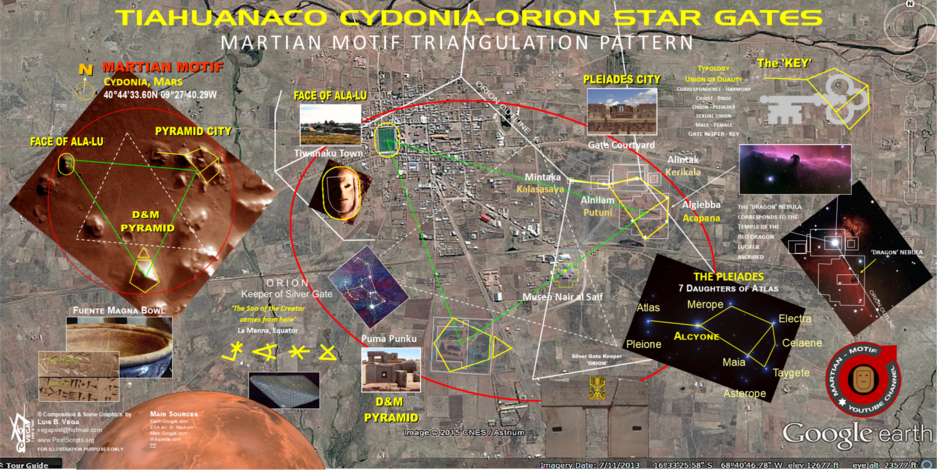  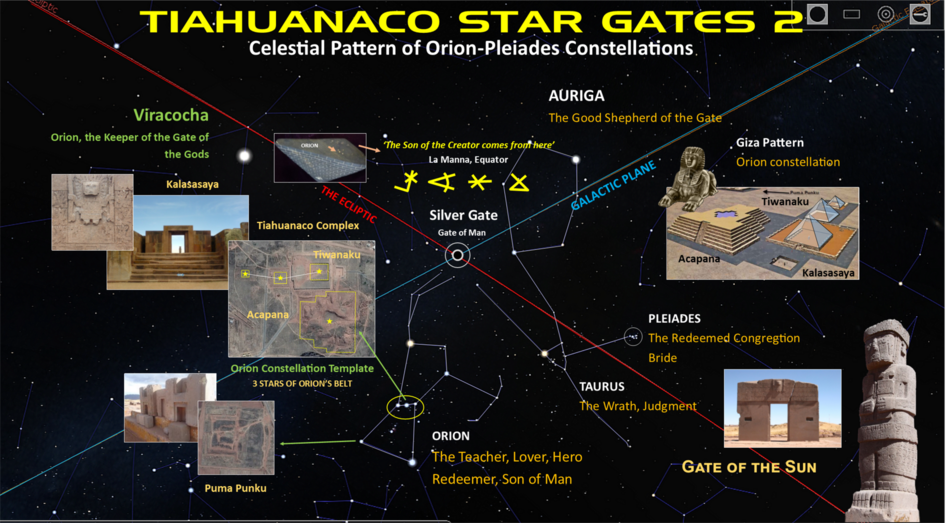 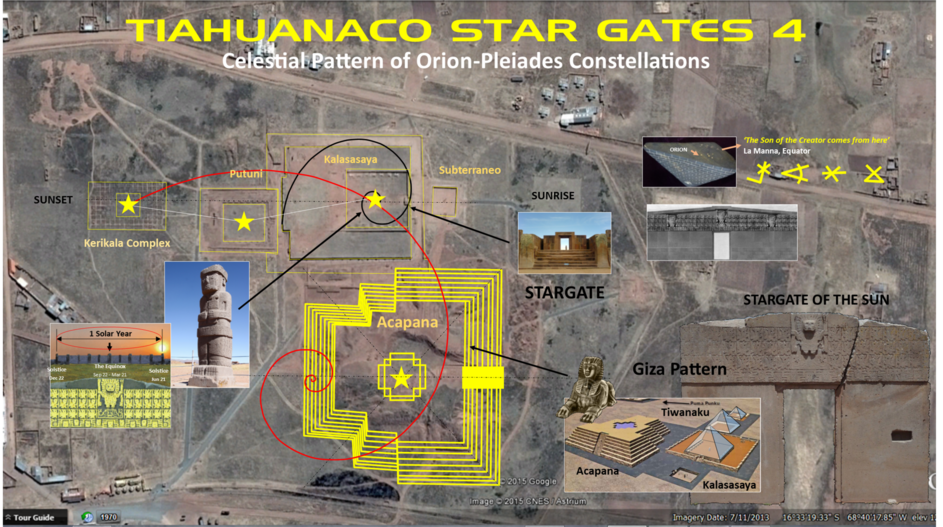 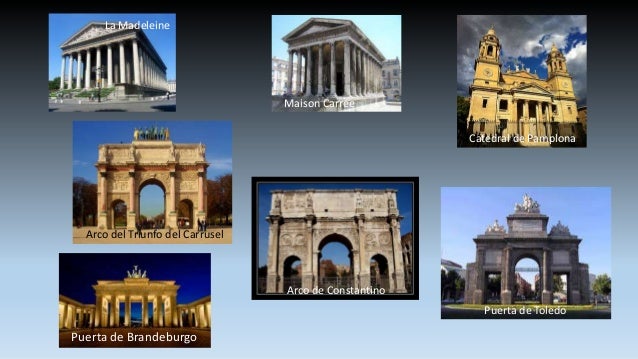
 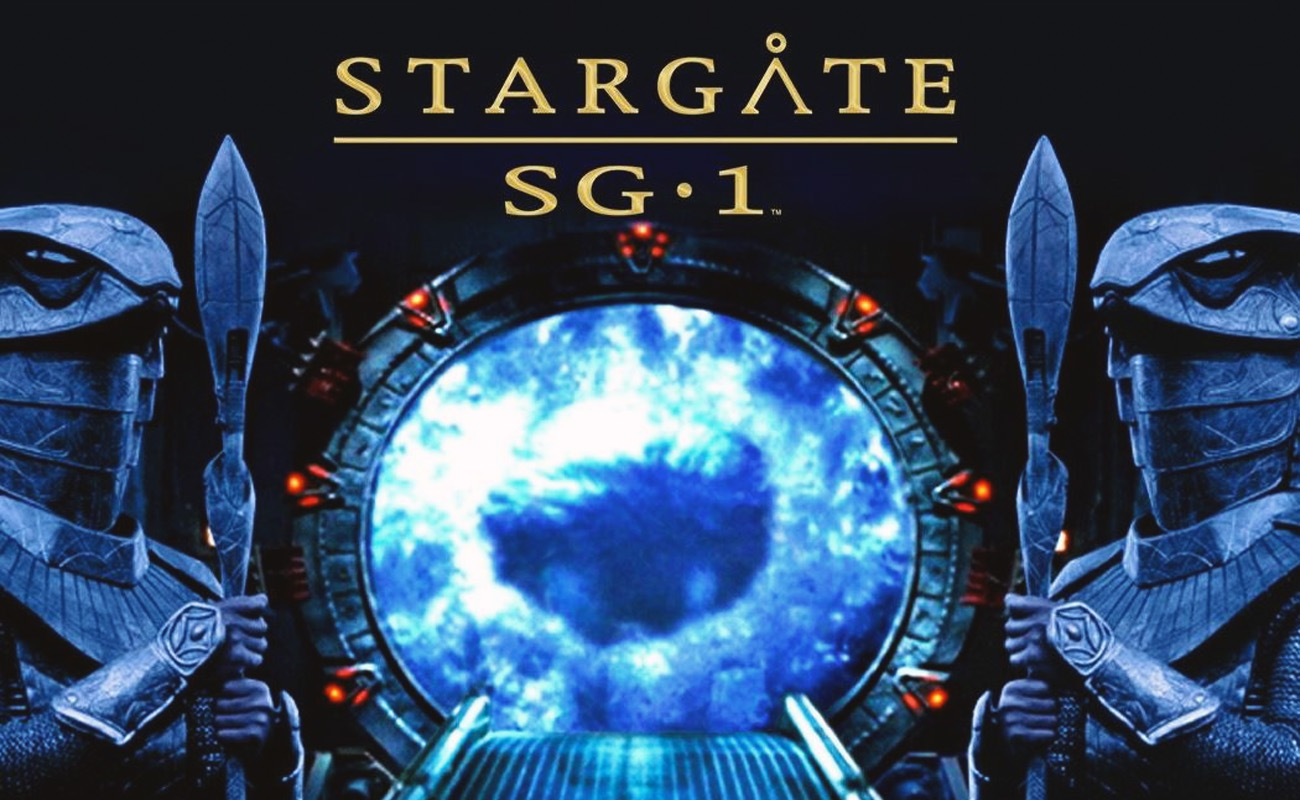 ![Stargate Special Edition [Reino Unido] [DVD]: Amazon.es: Kurt Russell: Películas y TV](https://m.media-amazon.com/images/I/51Gr2lgt03L.jpg)
LA SANGRE DEL CORDERO EN EL DINTEL, EN CONTEXTO AL EXODO PASCUAL, ES UN TIPO DEL GRIAL
1. Éxodo 12:7: Y tomarán de la sangre, y la pondrán en los dos postes y en el DINTEL de las casas en que lo han de comer.
2. Éxodo 12:22: Y tomad un manojo de hisopo, y mojadlo en la sangre que estará en un lebrillo, y untad el DINTEL y los dos postes con la sangre que estará en el lebrillo; y ninguno de vosotros salga de las puertas de su casa hasta la mañana.
3. Éxodo 12:23: Porque Jehová pasará hiriendo a los egipcios; y cuando vea la sangre en el DINTEL y en los dos postes, pasará Jehová aquella puerta, y no dejará entrar al heridor en vuestras casas para herir.
Dintel
De Wikipedia, la enciclopedia libre

Esquema de estructura adintelada.
Un dintel es un elemento estructural horizontal que salva un espacio libre entre dos apoyos. Es el elemento superior que permite abrir huecos en los muros para conformar puertas, ventanas o pórticos. Por extensión, el tipo de arquitectura, o construcción, que utiliza el uso de dinteles para cubrir los espacios en los edificios se llama arquitectura adintelada, o construcción adintelada. La que utiliza arcos o bóvedas se denomina arquitectura abovedada.
Los mejores exponentes de arquitectura adintelada en piedra son los edificios monumentales del Antiguo Egipto y la Grecia clásica. La palabra dintel proviene de la palabra latina: limitellus, que deriva etimológicamente de limen y limes. En latín la palabra limen significa umbral, puerta, entrada o comienzo, y limes se refiere a un sendero entre dos campos, límite o muralla.
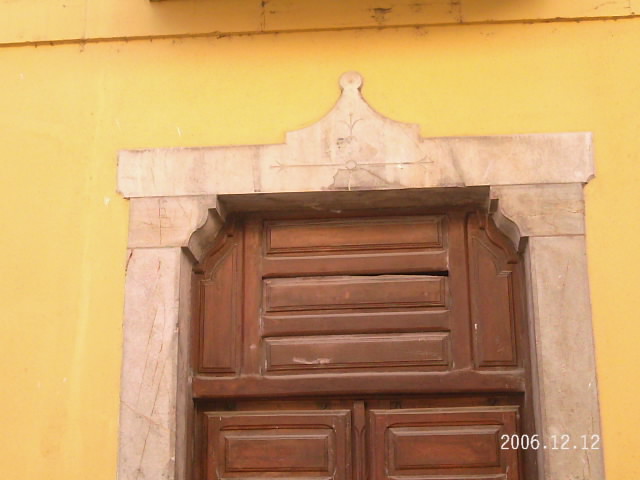
Comparen las dos figuras anteriores y noten que la LUZ SOLAR PENETRA, en este caso EN LA PUERTA DE TIWANAKU (BOLIVIA) en los equinoccios, osea el 20/21 de marzo y los 21/22 de septiembre. CONCRETAMENTE LA FIESTA DE LOS TABERNACULOS ES PRIMA HERMANA DE LA FIESTA PASCUAL. EN ESTE MARCO, INSISTO, EL SOL, SI USTED COMPARA CON LA FIGURA SUPERIOR, EN LOS MISMOS EQUINOCCIOS LA LUZ SOLAR CHOCA CON LA PIRAMIDE VATICANA E INCLUSO INGRESA O PENETRA ADENTRO DEL TEMPLO DE SAN PEDRO. PREGUNTO: ¿SI LA PLAZA DE MARIA DE LA VICTORIA ESTA UBICADA EN LA MISMA LINEA EQUINOCCIAL, QUIEN ES EN ESTE MARCO LA MISMA, EN EL CONTEXTO QUE LA PASCUA TAMBIEN TIENE ESA REFERENCIA? CUALQUIER PERSONA QUE TIENE TRES DEDOS DE FRENTE SE DA CUENTA QUE ES MARIA LA MAGDALENA. SI NO ES ASI PREGUNTO:
¿PORQUE CRISTO SE PRESENTO SIENDO VENCEDOR EL 17 DE NISSAN, OSEA EN EL EQUINOCCIO FRENTE A MARIA MAGDALENA?
CONCLUYO:
MARIA LA VICTORIA ES MARIA MAGDALENA
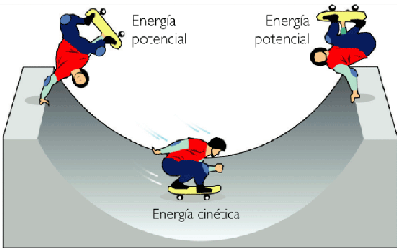
|
|
|
|
|
|
|
|
France’s Macron and Pope Francis hold unusually long meeting
Updated 26 June 2018
REUTERS
June 26, 201812:24
1277
- Macron and Pope Francis spoke for nearly an hour in the Vatican’s Apostolic Palace
- The two discussed “protection of the environment, migration, and commitment to conflict prevention and resolution"
VATICAN CITY: French President Emmanuel Macron, accused at home of straining France’s secular foundations by seeking to mend ties with the Catholic Church, had an unusually long and cordial meeting with Pope Francis on Tuesday.
They spoke for nearly an hour in the official papal library in the Vatican’s Apostolic Palace, about twice as long as Francis usually spends with heads of state or government.
A Vatican statement said the two discussed “protection of the environment, migration, and multilateral commitment to conflict prevention and resolution, especially in relation to disarmament.”
They also spoke about prospects for resolving conflicts in the Middle East and Africa and the future of Europe, it said.
At the end of the private part of the audience, Macron gave Francis a rare copy of Goerges Bernanos 1936 book “Diary of a Country Priest.”
“I’ve read this book many times and it has done me good. It is a book that I have always loved very much,” the pope told Macron, 40, who was accompanied in the public parts of the meeting by his wife Brigitte, 65.
Francis gave Macron a medallion depicting Martin of Tours, a 4th century saint who is depicted cutting his cloak in half to give it to a beggar in winter.
“This means the vocation of those who govern is to help the poor. We are all poor,” Francis told Macron as he was giving him the medallion.
As Macron left the library, he and Francis exchanged a two-cheek kiss, another very usually gesture between a pope and a visiting head of state.
The Vatican was expected to issue a statement later on the themes discussed during the private talks.
Two months ago, Macron called for stronger ties between the state and the Catholic Church, a move critics said blurred a line that has kept French government free of religious intervention for generations.
The issue is particularly sensitive in historically Catholic France, where matters of faith and state were separated by law in 1905 and which is now home to Europe’s largest Muslim and Jewish communities.
France’s guiding principles also hold that religious observance is a private matter, for all faiths.
Macron was raised in a non-religious family and was baptized a Roman Catholic at his own request when he was 12.
On Tuesday afternoon Macron was due to be installed as the “First and Only Honorary Canon” of the Rome Basilica of St. John’s in Lateran, which is the pope’s cathedral in his capacity as bishop of Rome.
Under a tradition that began in the 15th century when France was a monarchy, French leaders are automatically given the title.
https://www.arabnews.com/node/1328511/world |
|
|
|
|


France’s Macron and Pope Francis hold unusually long meeting
Updated 26 June 2018
REUTERS
June 26, 201812:24
1277
- Macron and Pope Francis spoke for nearly an hour in the Vatican’s Apostolic Palace
- The two discussed “protection of the environment, migration, and commitment to conflict prevention and resolution"
VATICAN CITY: French President Emmanuel Macron, accused at home of straining France’s secular foundations by seeking to mend ties with the Catholic Church, had an unusually long and cordial meeting with Pope Francis on Tuesday.
They spoke for nearly an hour in the official papal library in the Vatican’s Apostolic Palace, about twice as long as Francis usually spends with heads of state or government.
A Vatican statement said the two discussed “protection of the environment, migration, and multilateral commitment to conflict prevention and resolution, especially in relation to disarmament.”
They also spoke about prospects for resolving conflicts in the Middle East and Africa and the future of Europe, it said.
At the end of the private part of the audience, Macron gave Francis a rare copy of Goerges Bernanos 1936 book “Diary of a Country Priest.”
“I’ve read this book many times and it has done me good. It is a book that I have always loved very much,” the pope told Macron, 40, who was accompanied in the public parts of the meeting by his wife Brigitte, 65.
Francis gave Macron a medallion depicting Martin of Tours, a 4th century saint who is depicted cutting his cloak in half to give it to a beggar in winter.
“This means the vocation of those who govern is to help the poor. We are all poor,” Francis told Macron as he was giving him the medallion.
As Macron left the library, he and Francis exchanged a two-cheek kiss, another very usually gesture between a pope and a visiting head of state.
The Vatican was expected to issue a statement later on the themes discussed during the private talks.
Two months ago, Macron called for stronger ties between the state and the Catholic Church, a move critics said blurred a line that has kept French government free of religious intervention for generations.
The issue is particularly sensitive in historically Catholic France, where matters of faith and state were separated by law in 1905 and which is now home to Europe’s largest Muslim and Jewish communities.
France’s guiding principles also hold that religious observance is a private matter, for all faiths.
Macron was raised in a non-religious family and was baptized a Roman Catholic at his own request when he was 12.
On Tuesday afternoon Macron was due to be installed as the “First and Only Honorary Canon” of the Rome Basilica of St. John’s in Lateran, which is the pope’s cathedral in his capacity as bishop of Rome.
Under a tradition that began in the 15th century when France was a monarchy, French leaders are automatically given the title.
https://www.arabnews.com/node/1328511/world
|
|
|
|
|
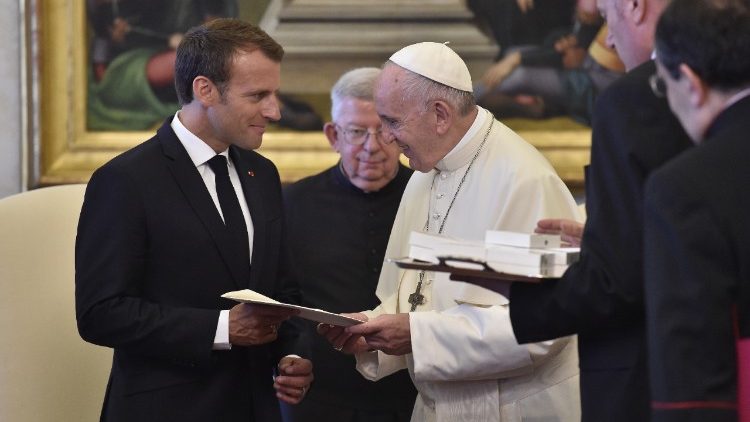 Pope exchanges gifts with French President Macron Pope exchanges gifts with French President Macron
Pope Francis meets French President Macron
At a private audience in the Vatican’s Apostolic Palace on Tuesday, Pope Francis and France’s president, Emmanuel Macron, exchange gifts and discuss the environment, migration, and disarmament.
By Devin Watkins
Pope Francis met on Tuesday with French President Emmanuel Macron, who later inherited the title of honorary canon of the Lateran Basilica. Macron was accompanied at the papal audience by his wife, Brigitte.
The Pope and the French president discussed protection of the environment, migration, and conflict prevention, according to a communique from the Holy See Press Office.
Their comments on global issues included the need for “multilateral commitment to conflict prevention and resolution, especially in relation to disarmament.”
Each one shared their views on conflicts in the Middle East and Africa, and reflected on the “prospects of the European project.”
Pope Francis and President Macron talked about how religions contribute to “the common good” of France, especially the Catholic Church’s commitment to bettering society.
Exchange of gifts
The two men exchanged gifts, with Pope Francis giving Macron, who was baptized a Catholic at the age of 12, a medallion of St. Martin of Tours, depicted cutting his cloak in half to give it to a beggar in winter.
President Macron gave the Pope a rare copy of Georges Bernanos’ 1936 book “Diary of a Country Priest”.
Afterwards, President Macron met with Cardinal Secretary of State Pietro Parolin and Archbishop Paul Richard Gallagher, Secretary for Relations with States.
Honorary Canon of Lateran Basilica
Later in the afternoon, Emmanuel Macron received the title “First and Only Honorary Canon” of the Basilica of St. John Lateran, the Cathedral of Rome.
French leaders automatically inherit the title of “Honorary Canon” under a tradition that dates back to the 15th century when France was a monarchy. Cardinal-elect Angelo De Donatis presided over the ceremony and conferred the title on President Macron.
https://www.vaticannews.va/en/pope/news/2018-06/pope-francis-france-president-macron-audience.html |
|
|
|
|
https://www.lanacion.com.ar/lifestyle/quien-fue-san-martin-de-tours-el-patrono-de-la-ciudad-de-buenos-aires-nid11112023/ |
|
|
 Primeira Primeira
 Anterior
9 a 23 de 23
Seguinte Anterior
9 a 23 de 23
Seguinte
 Última
Última

|
|
| |
|
|
©2025 - Gabitos - Todos os direitos reservados | |
|
|




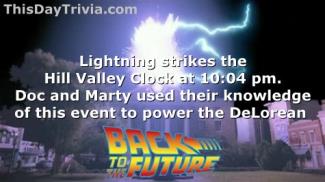



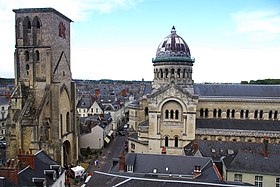









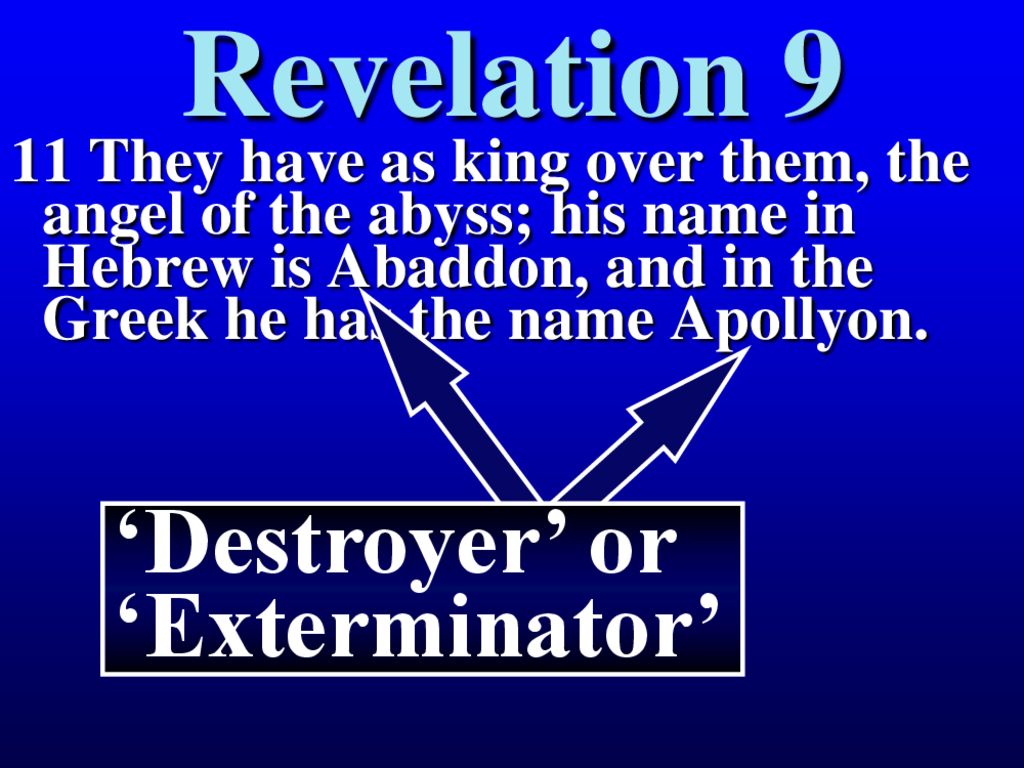

















 Sep 14, 2008
Sep 14, 2008 




 This last line of the quatrain strongly reinforces the concepts put forward by the interpretation of the previous lines. The last word of the line "polemars" is not a real word, most likely it's a made-up word / anagram. Decoding is not that difficult - first we'll divide it into two words, 'pole' and 'Mars'. Continued from previous interpretations, it is not hard to see that the "pole" would refer to the 'Eiffel Tower' that stands in the' Field of Mars'.
This last line of the quatrain strongly reinforces the concepts put forward by the interpretation of the previous lines. The last word of the line "polemars" is not a real word, most likely it's a made-up word / anagram. Decoding is not that difficult - first we'll divide it into two words, 'pole' and 'Mars'. Continued from previous interpretations, it is not hard to see that the "pole" would refer to the 'Eiffel Tower' that stands in the' Field of Mars'.
 Notice that the park, the Field of Mars ("Champ de Mars"), seemingly crosses over the river. The Seine River can be viewed as dividing the park and there is a bridge connecting the two parts. Since the park area can be viewed metaphorically as "fish" based on previous interpretations, notice how the park left of the river can be viewed as the "head" of the fish barely 'hanging on' to the body, the Field of Mars, by the bridge or the "thread" from "polemars" / the Field of Mars. Thus it would fit Line 4.
Notice that the park, the Field of Mars ("Champ de Mars"), seemingly crosses over the river. The Seine River can be viewed as dividing the park and there is a bridge connecting the two parts. Since the park area can be viewed metaphorically as "fish" based on previous interpretations, notice how the park left of the river can be viewed as the "head" of the fish barely 'hanging on' to the body, the Field of Mars, by the bridge or the "thread" from "polemars" / the Field of Mars. Thus it would fit Line 4. need to first look at the process of the election. The most common way to elect a pope is by ballot. By lot, the cardinals choose from their group three who collect the ballots of the infirm, three who counts the votes and three reviewers of the results. Two votes are taken every morning and two every afternoon until a two-thirds plus one majority is obtained. The crowd in St. Peter's Square follow the bolloting by watching the smoke that comes from the chimney on the palace roof. The smoke is from burning all the ballots. If the necessary majority is not reached, the ballots are burned in a way that creates black smoke. When the majority is reached, the ballots are burned in a manner that creates white smoke to signal the election.
need to first look at the process of the election. The most common way to elect a pope is by ballot. By lot, the cardinals choose from their group three who collect the ballots of the infirm, three who counts the votes and three reviewers of the results. Two votes are taken every morning and two every afternoon until a two-thirds plus one majority is obtained. The crowd in St. Peter's Square follow the bolloting by watching the smoke that comes from the chimney on the palace roof. The smoke is from burning all the ballots. If the necessary majority is not reached, the ballots are burned in a way that creates black smoke. When the majority is reached, the ballots are burned in a manner that creates white smoke to signal the election.



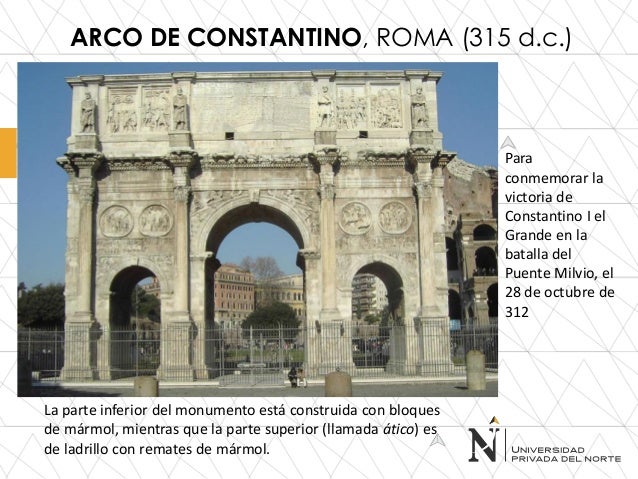


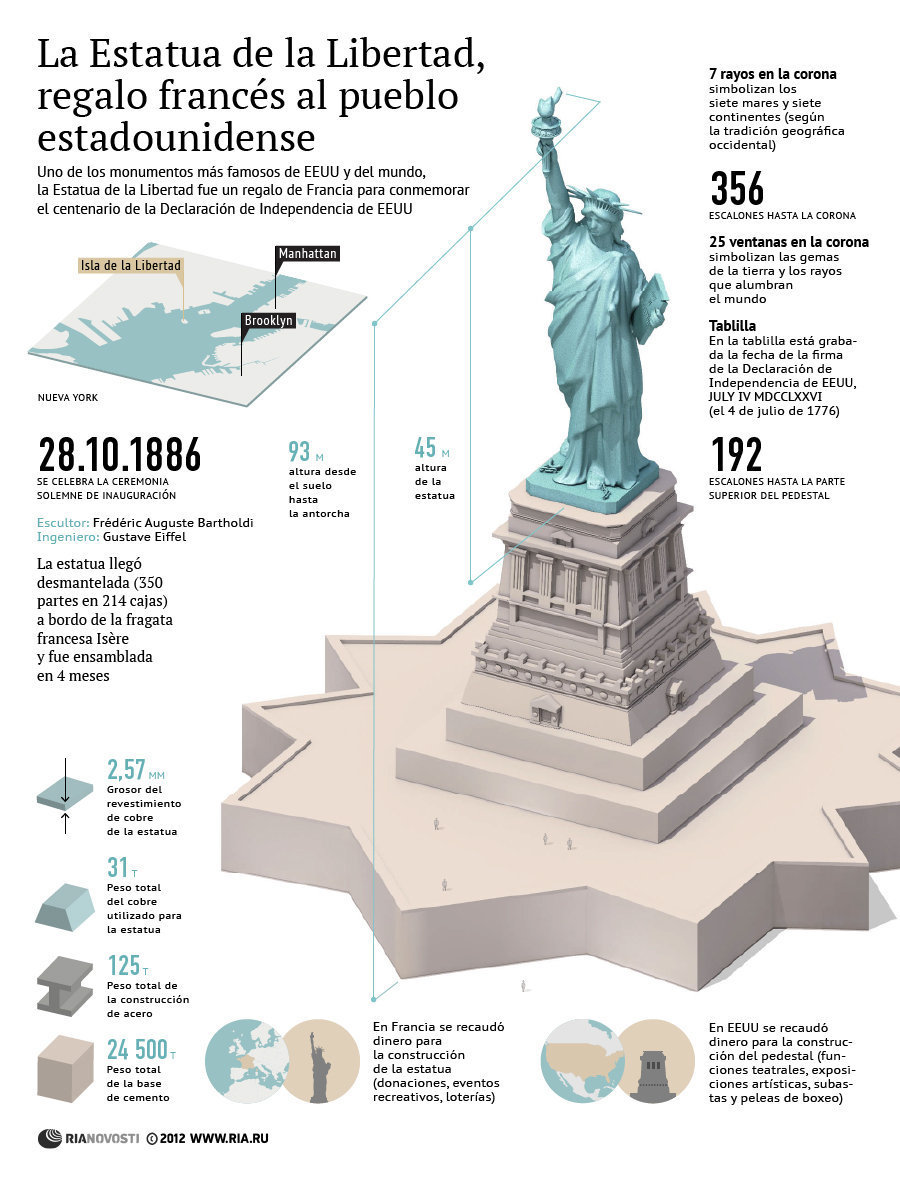
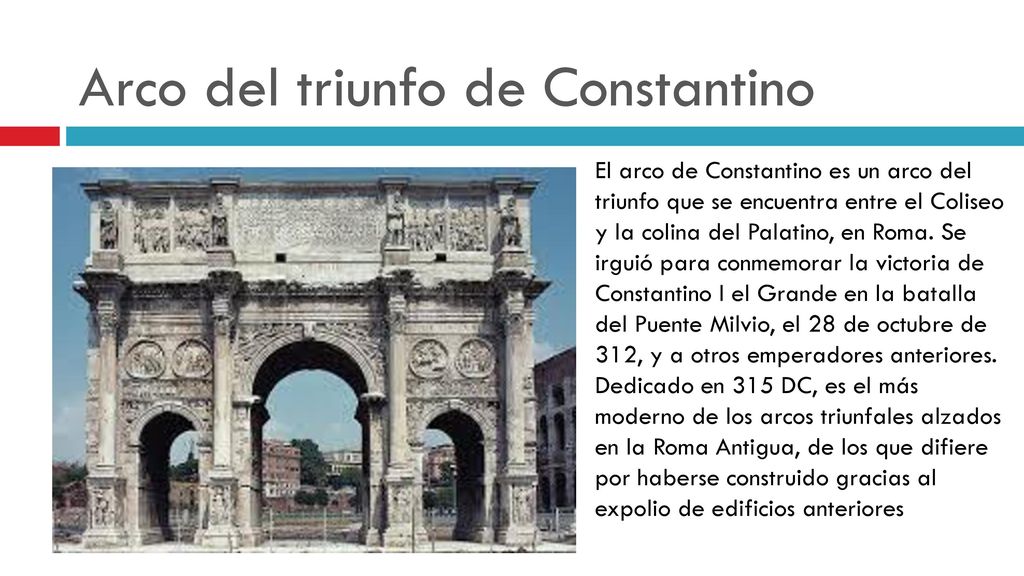

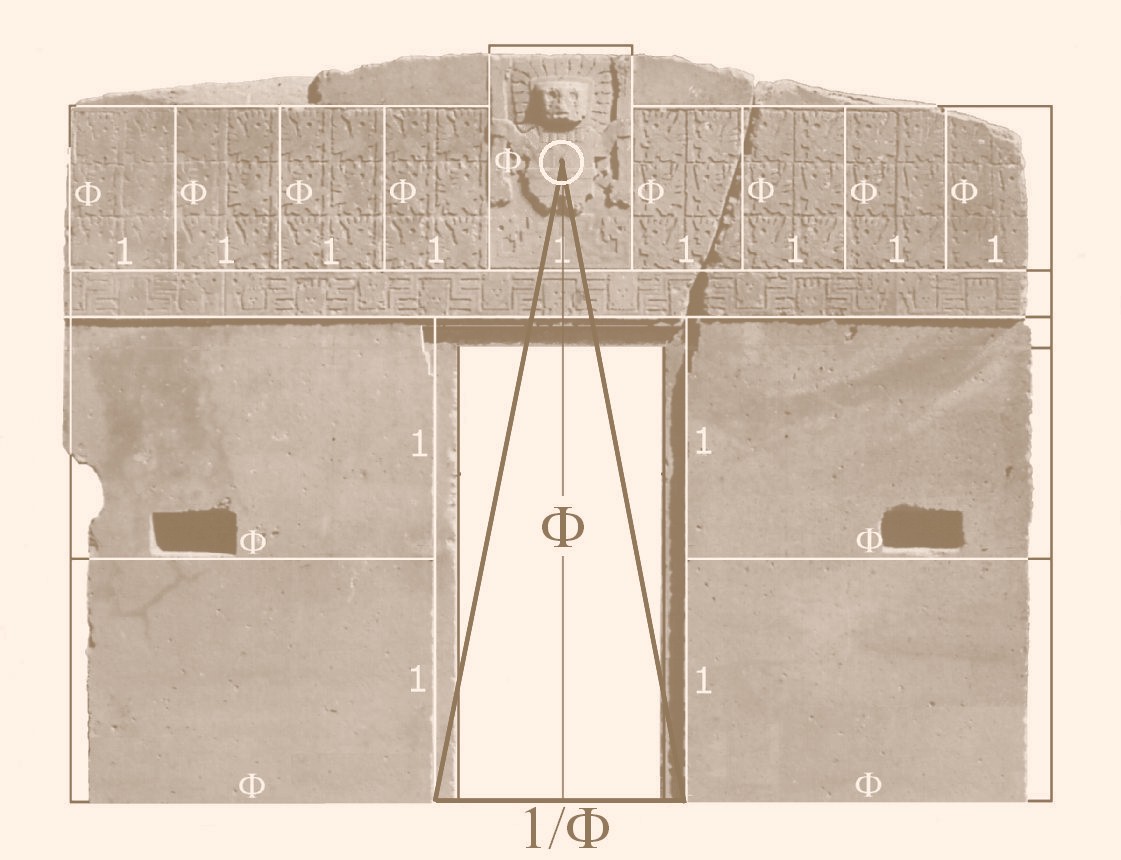



![Stargate Special Edition [Reino Unido] [DVD]: Amazon.es: Kurt Russell: Películas y TV](https://m.media-amazon.com/images/I/51Gr2lgt03L.jpg)
